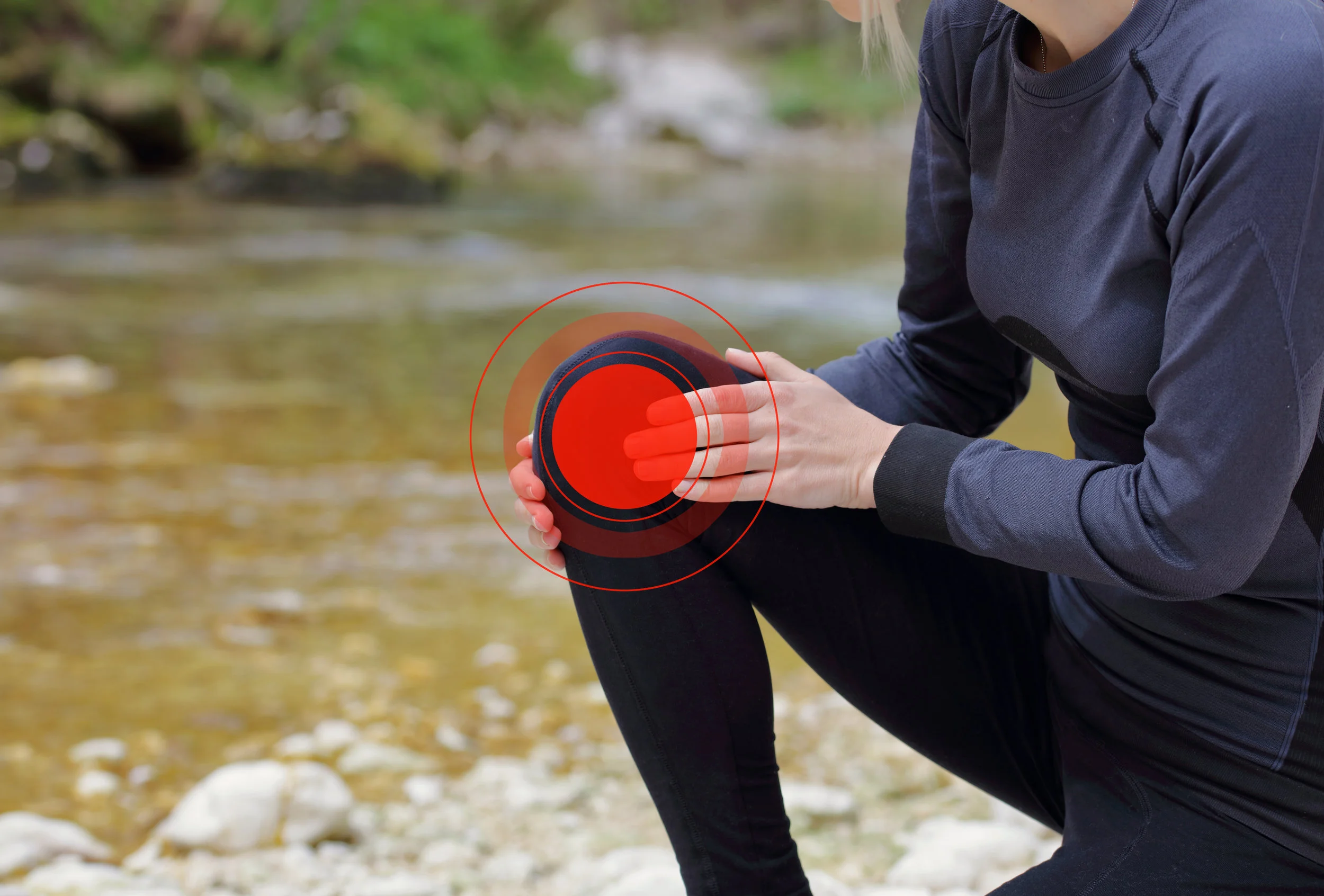Health Q&A: the Female Athlete's Triad
What is the Female Athlete Triad?
First of all, I am an orthopaedic surgeon, not an dedicated expert when it comes to this triad. But perhaps that may make me a better person to explain what this actually is, (and is not) in simple terms. If you are concerned with a female athlete who may be experiencing the triad, please encourage her to consult a physician.
Educating Female Athletes About The Triad
Having been the Head Team Physician for the US Women’s Alpine Ski Team since 1997 and one of the USOC Physicians for Women’s Sports in the past 4 winter Olympics, I’ve had to know quite a bit about this syndrome and help educate our athletes.
Our female athletes push themselves to the limit physically and mentally in the pursuit of greatness. But it's not just the ladies at the top of the podium who face pressure. In this day and age, many women are seeking to ascend to the top of their sport, making them more susceptible to this triad.
Now let's talk about what it actually is.
The Athlete's Triad
The athlete’s TRIAD consists of the presence of
An eating disorder,
Amenorrhea, and subsequently
Decreased bone density or osteoporosis.
Only when all three are present in any given athlete is this considered a diagnosis of the Triad.
1. Eating Disorder
As obvious as the diagnosis of an EATING DISORDER may seem, it simply means not enough energy availability through intake for a given activity level.
This can be intentional (such as anorexia or bulimia) but in my experience has been more commonly seen in our female athletes simply trying to avoid foods they view as “bad”.
Examples include avoiding fats or carbs altogether.
Our culture puts an immense amount of pressure upon our female athletes to not only perform at top levels, but also to look “fit and in shape” while they do it.
These dietary restrictions are simply variations of weight loss diets, not energy providing nutritional support.
so what is a “good” diet?
The US News and World Report listed their best diets and for the 7th year in a row the DASH diet topped the list, along with the rising-in-popularity Mediterranean Diet.
With any diet, portion control, moderation, and balance are the key to providing the energy needed for sports.
The DASH diet (which focuses on vegetables, whole grains, and low-fat dairy)— is viewed by many as the best overall diet. Weight Watchers remains the “best” diet for weight loss, and it again ties the Mayo Diet as the “best commercial diets for weight loss”.
Which Diets Should Be Avoided?
At the bottom of the list of recommended programs are diets which restrict entire food groups (such as the Paleo Diet). Portion control, moderation, and balance are the key to providing the energy needed for sports.
2. Amenorrhea
AMENORRHEA, defined as the cessation of a woman’s menstrual cycle for more than three months, is the second disorder in the Triad.
Weight fluctuations from dietary restrictions and/or excessive exercise above that which is supported by the caloric intake affect the portion of the brain supplying the gonadotropic or “sex” hormones.
Exercising intensely and not eating enough calories can lead to decreases in estrogen, the hormone that helps to regulate the menstrual cycle. As a result, a female's periods may become irregular or stop altogether. Not good for the health of the bones and ligaments.
3. Osteorperosis
This condition has ruined female athlete's careers because it may lead to stress fractures and other overuse type injuries.
OSTEOPOROSIS is defined by the National Institutes of Health as ‘‘a skeletal disorder characterized by compromised bone strength predisposing a person to an increased risk of fracture.’’[11]
Low estrogen levels and poor nutrition, especially low calcium intake, can lead to osteoporosis, the third aspect of the TRIAD. This condition has ruined female athlete's careers because it may lead to stress fractures and other overuse type injuries.
A typical stress fracture in the tibia, once it forms can take almost 9 months to heal before the athlete can return safely to sports. That is assuming it gets immediately treated with counseling, proper caloric intake and balanced weight bearing activities. This is way more satisfying to prevent than to treat.
What's the Takeaway?
Bottom line, understand the calories you are taking in and how important matching these with your energy expenditure will keep you in the “safe” zone.







